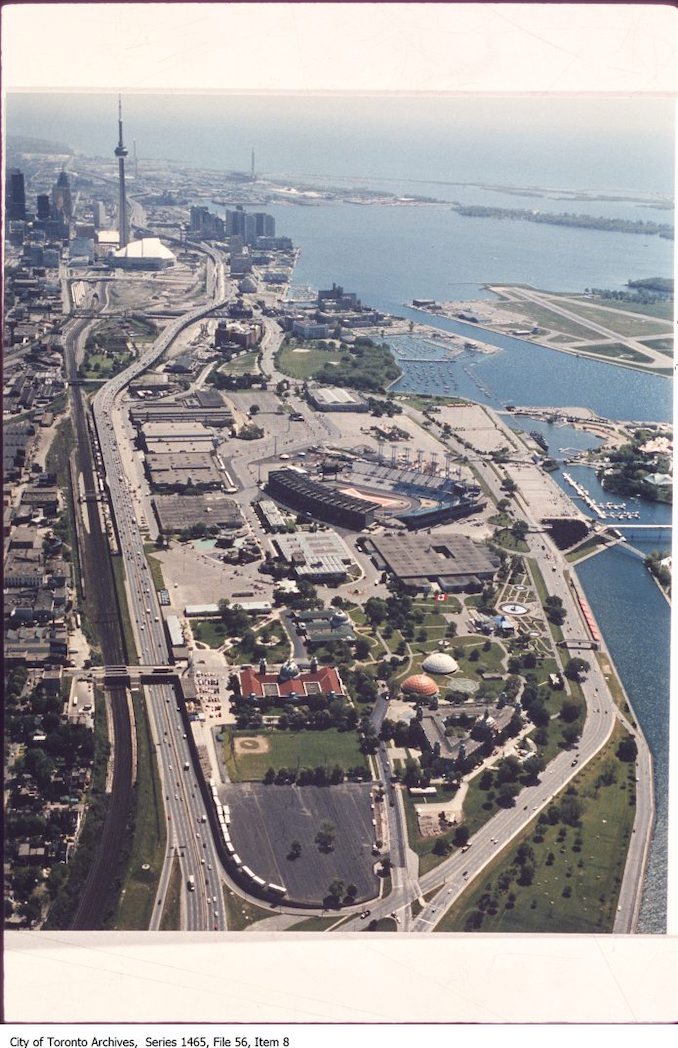That caused me to do a double-take.........for a second, I was like............wait didn't they demolish that bridge years ago? LOL
For those not getting the reference, Exhibition Station used to have an overhead bridge connecting the platforms, before the tunnel was built. I'd honestly forgotten that until I saw the structure rising in this pic, and I flashed to a memory of using the old bridge as a child.
I had a quick look-see, but couldn't find a pic of the station w/the bridge. Someone here should go find it!


